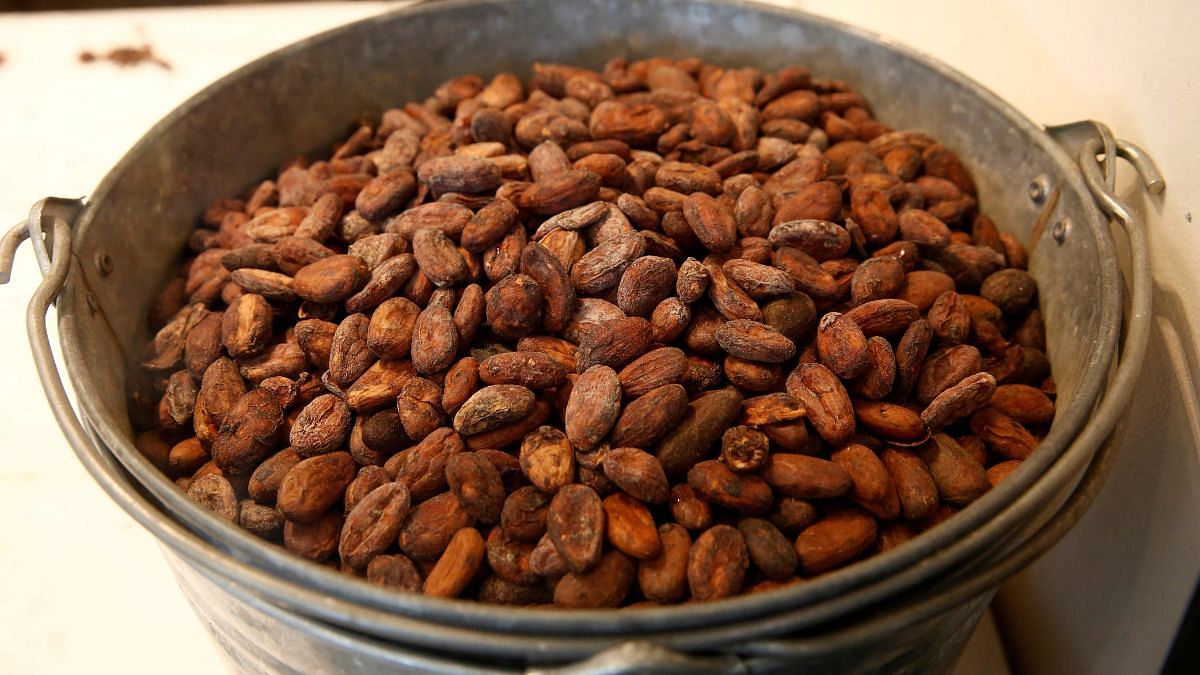New Delhi: The Theobroma cacao plant, used to make chocolate, is native to South America’s Amazonian region. Yet, in 2023, West African countries Ivory Coast and Ghana were the largest cocoa producers.
A new study, published on 7 March in the Scientific Reports journal, has shown for the first time how the cacao bean dispersed beyond the Amazonian region 5,000 years ago.
The study mainly delved into how people started growing cacao in homes in South America in pre-Columbian times, i.e., before 1492, in an attempt to understand how and when the most popular cacao varieties were domesticated.
The study also attempted to understand human action and interaction among different settlements and cultures, which resulted in the distribution of the cacao bean across South America in the middle Holocene period, i.e., 8,000-4,000 years ago.
As part of the study, scientists from France looked for cacao bean residues in ceramic pottery remains from 19 ancient human cultures in South America — from Ecuador in the West to Brazil in the East. They then analysed the DNA of the cacao residues to trace them to each other and their known modern cacao varieties.
The study found three main varieties of cacao plant, earlier thought to be found only in Amazonia 5,000 years ago, on the Pacific coast of South America around that time. The scientists said that this indicated trade and communication between those cultures.
The scientists also looked for genetic variations in Theobroma cacao, especially its present variety, Nacional. The Nacional is a hybrid of the Criollo and Amenolado varieties — both having originated in separate parts of the continent.
Given that cacao today is a $12 billion industry, the study of its origins and genetic varieties would contribute to a better understanding of the threats it faces from disease and climate change, said the scientists.
Also read: The history of chocolate: when money really did grow on trees
How cacao residues were studied
The researchers found no remains of the cacao plant itself, or what they called archaeobotanical remains on the ceramics. However, they conducted a methylxanthine analysis on 378 ceramics from 352 archaeological items to find whether they had cacao residues or not.
Methylxanthine is a chemical compound with caffeine, theobromine, and theophylline, found in chocolate, coffee, and tea. The cacao seed has high amounts of caffeine and theobromine and low amounts of theophylline.
To assess if the residues on ancient ceramics were of cacao and not coffee, tea, or other plants, which also have methylxanthine, the researchers looked for the specific combination of high caffeine, theobromine, and low theophylline. The ceramics from 18 of the 19 South American cultures showed high theobromine and caffeine content, indicating the presence of cacao residues.
The next step was to analyse all the residues through aDNA (ancient deoxyribonucleic acid) analyses to see whether any of their DNA sequences matched with DNA sequences in the present Theobroma cacao plant. The aDNA analysis found Theobroma cacao residues in the ceramics of 15 of the 19 South American cultures and three Central American ones.
The Valdivia culture in Ecuador, one of the oldest cultures on the Pacific coast of South America, had the most ceramic items with cacao residues. The scientists said that this indicated trade and communication between Amazonian and other cultures in the continent “during the earliest stages of agriculture”.
Close to Ecuador’s Valdivia culture, which was a coastal culture, was the Mayo-Chinchipe-Maranon culture. The Mayo-Chinchipe-Maranon, the authors of the study said, were known for their mobility and were responsible for the dispersal of many plants along the riverine cultures of the Amazon basin.
In studying cacao residues using ancient DNA, the scientists contributed to a fuller understanding of how cacao varieties evolved in the present day, indicating a far larger role of trade and domestication than previously known.
(Edited by Madhurita Goswami)
Also read: Want to know what makes chocolate taste so great? It’s physics

